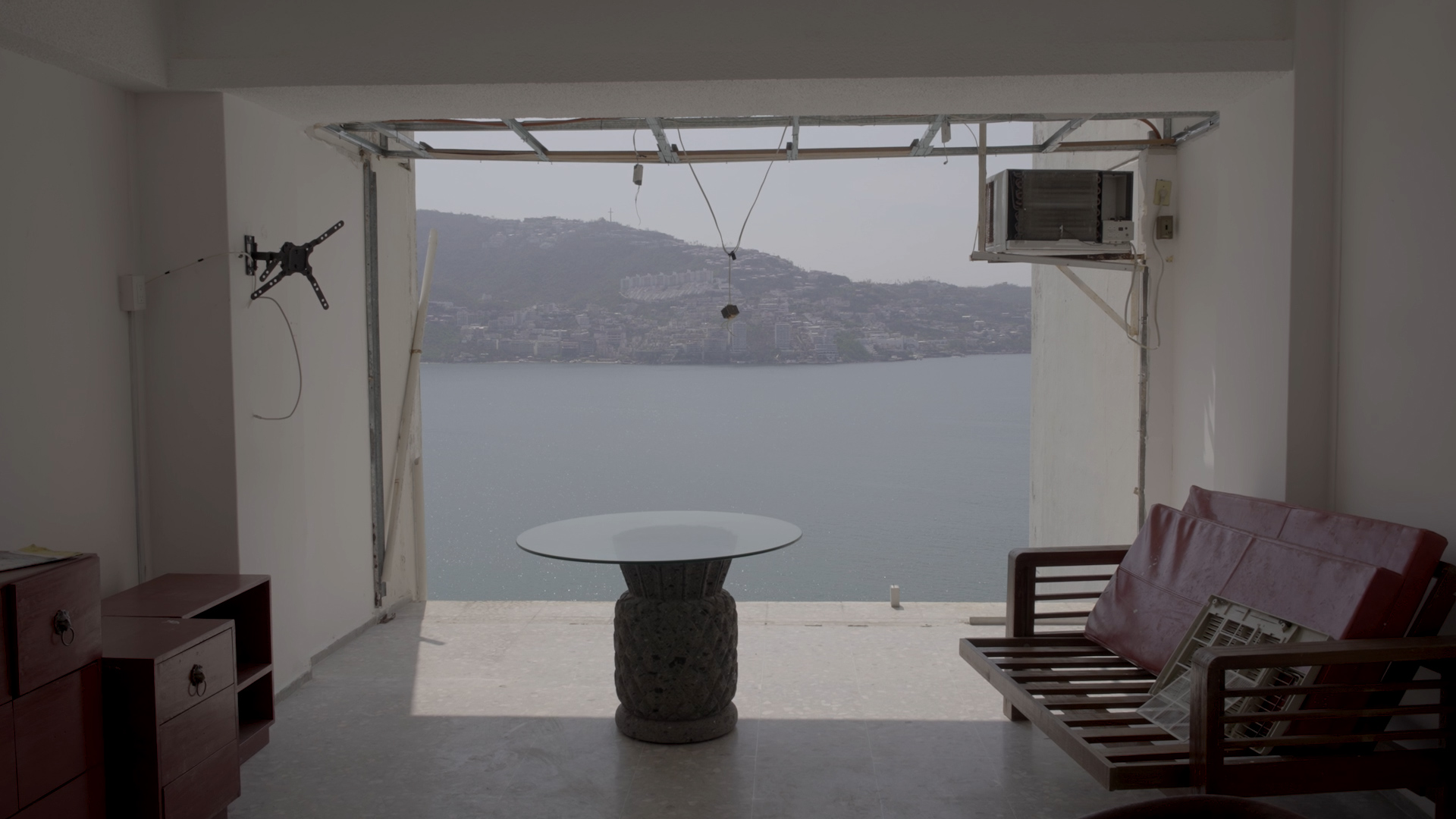
23 Days After Acapulco’s Record Hurricane
By Paulina Ruiz
The water was glassy and calm, the sky candy-colored; buildings in the distance looked more golden than white. Acapulco, Mexico’s most famous Pacific Coast beach resort city, has witnessed countless sunsets, but this one was incomplete. Missing were more than 600 boats that were usually in the bay—yachts, fishing boats, banana boats. Instead, buoys marked sunken ships like gravestones.
When I arrived in Acapulco, there had been 23 sunsets since Hurricane Otis struck Acapulco on Oct. 25.
“Entire crews remain trapped inside, including our father,” said Andres Turanzas, standing alongside his brother from the Marina pier between Acapulco’s Port and Cruise Terminal and Yacht Club. “The situation remains unchanged since the first day; nothing has been moved. That’s why we got that crane, which we searched for all over Acapulco, and we’re removing the boats ourselves.”
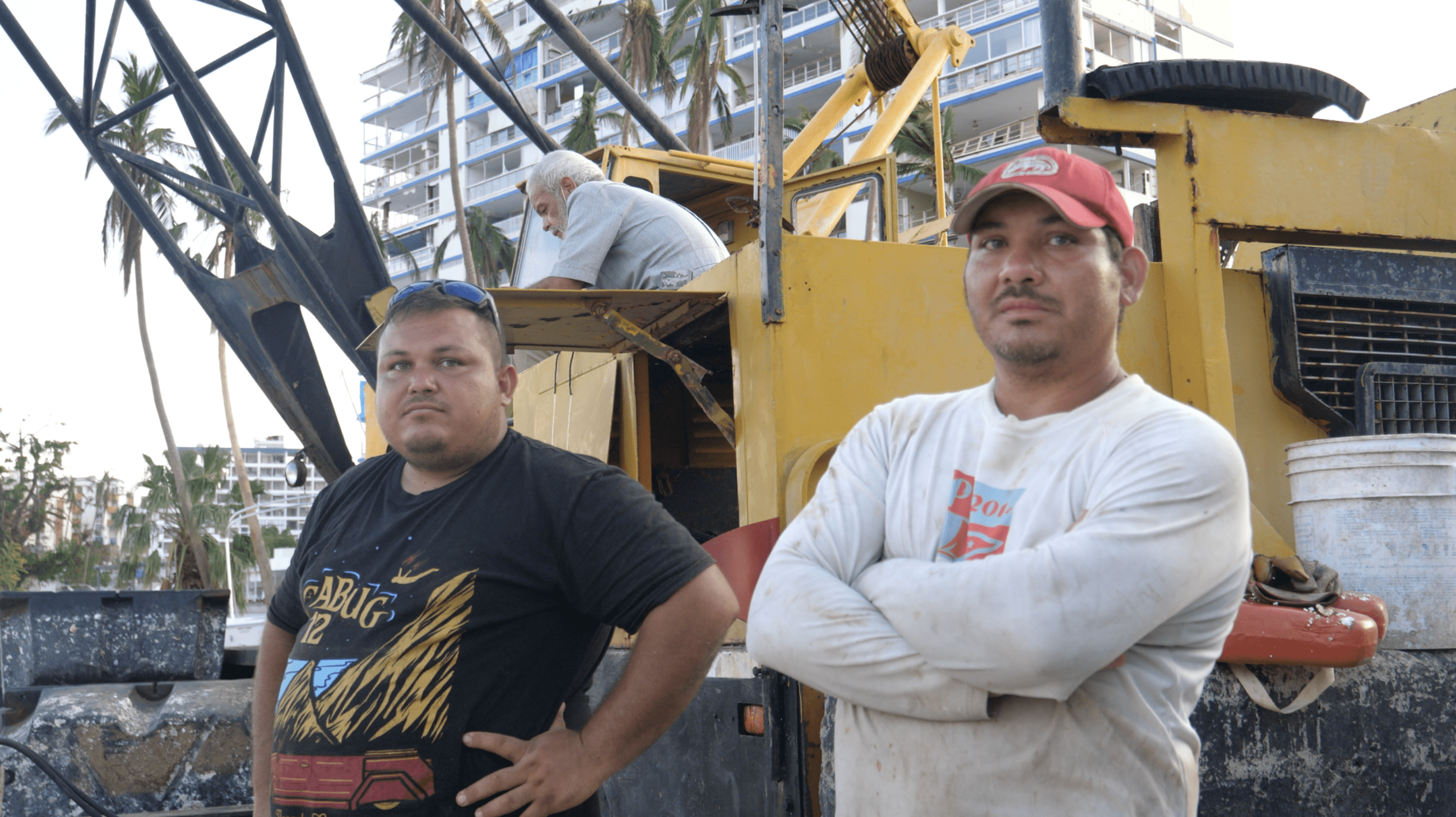
Image by Paulina Ruiz
The search for the missing mariners has been prolonged partly because some boat owners have asked the navy not to move their vessels until insurance companies could complete a damage assessment.
The official death toll is 50, and another 50 are still missing.
Beyond the coastline, the hurricane tore apart inland buildings like paper. Streets were blocked; electricity cut out, as did water and internet service.

Image by Paulina Ruiz
Acapulco, home to a million people, lies in ruins.
Despite struggling with cartel violence, Acapulco had managed to continue attracting tourists, with almost 830,000 visitors last year. The city’s peak years, however, were in the 1960s and 1970s – when John F. Kennedy and his wife, Jacqueline, along with Hollywood celebrities, honeymooned there.
“We’ve participated in two prior operations here in Acapulco—during Hurricane Paulina in 1997 and with Hurricanes Ingrid and Manuel in 2013, where there was a lot of water,” said Marco Franco, the Red Cross leader of operations for Hurricane Otis. “But in this case, there was too much wind. We’ve never seen this level of destruction.”
Otis underwent the most drastic intensification ever recorded in Mexico’s Pacific Coastline, growing from an ordinary tropical storm into a Category 5 hurricane in only 12 hours. “In Acapulco, there had never been a hurricane like this,” said Carmen Navarrete, whose niece was killed when windows in her building in Caleta, one of the most devastated areas, shattered on her. “People were not accustomed to winds of 165 miles per hour. That was unheard of.”
Those winds were more than 100 miles per hour stronger than had been forecast.
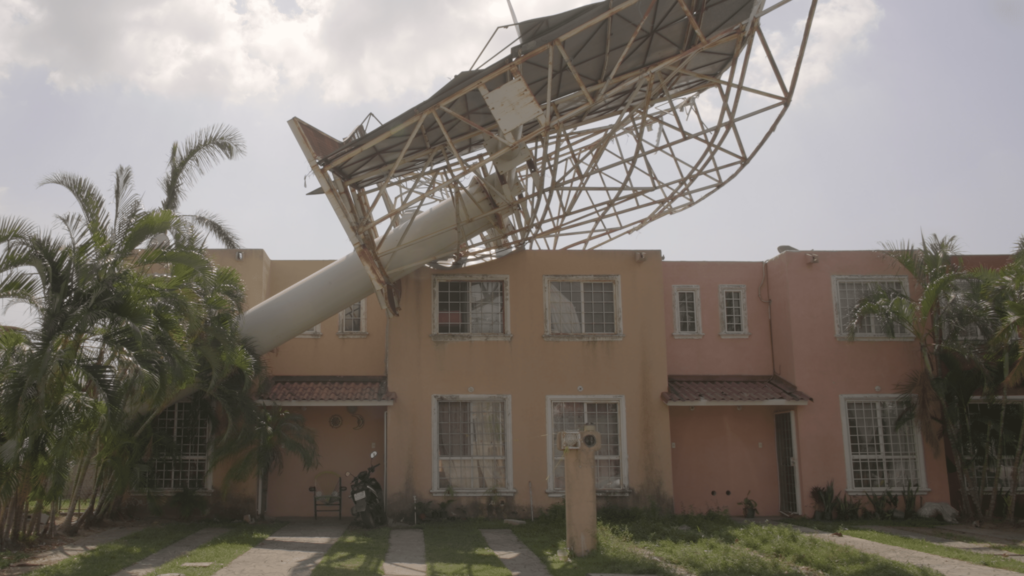
Image by Paulina Ruiz
“They [Carmen’s sister, husband and two daughters] were already taking shelter, but my younger niece had a headache,” Navarette said. “So, just when they entered one of the more exposed rooms to grab a pain pill, the large glass windows shattered. Socorro, my older niece, covered her younger sister with her body; she died instantly. They were isolated without receiving any kind of help for five days, imagine! This is a situation where many people died, many people disappeared, what they say in the news is not real.”
Acapulco after the hurricane smells like garbage. The mayor estimates that 666,000 tons of waste are still piled up in its streets. With temperatures in the 90s Fahrenheit, pools full of dirty drainage water have become a breeding ground for mosquitoes that carry malaria, Zika virus and dengue fever. Residents and public health officials are alarmed about the hurricane’s longer-term health consequences, as uncollected garbage can lead to illnesses such as stomach infections, diarrhea, and skin rashes.
Image by Paulina RuizMore than 211,000 tons of garbage have been additionally collected. “This presented a considerable challenge for initiating on-site operations because there was no way to pass with vehicles carrying supplies,” Franco said. “Until they started cleaning, we could only move gradually.”
The hurricane also prompted contemplation of the broader implications of climate change. “It’s not like before; a hurricane going from tropical storm to Category 1 or 2 used to take three to four days,” Franco said. “With climate change, the global trend has become rapid intensification,” and more frequent hurricanes should be expected.
Global warning may make hurricane forecasting more challenging. Mexico’s Tropical Cyclone Early Warning System, which involves multiple institutions, including the National Meteorological Service, was unprepared for an event of such an abrupt nature.
“The information didn’t reach the public until around 9 p.m., when announcements began about the hurricane reaching Category 5” between 4 and 6 a.m.,” Navarette said. “But they failed to provide specific precautions. This assumes you caught the radio broadcast, watched the news or received an alert on your phone, but the reality is that the majority of people remained uninformed.”
The hurricane made landfall at 12:25 a.m. Mexico Central Time.
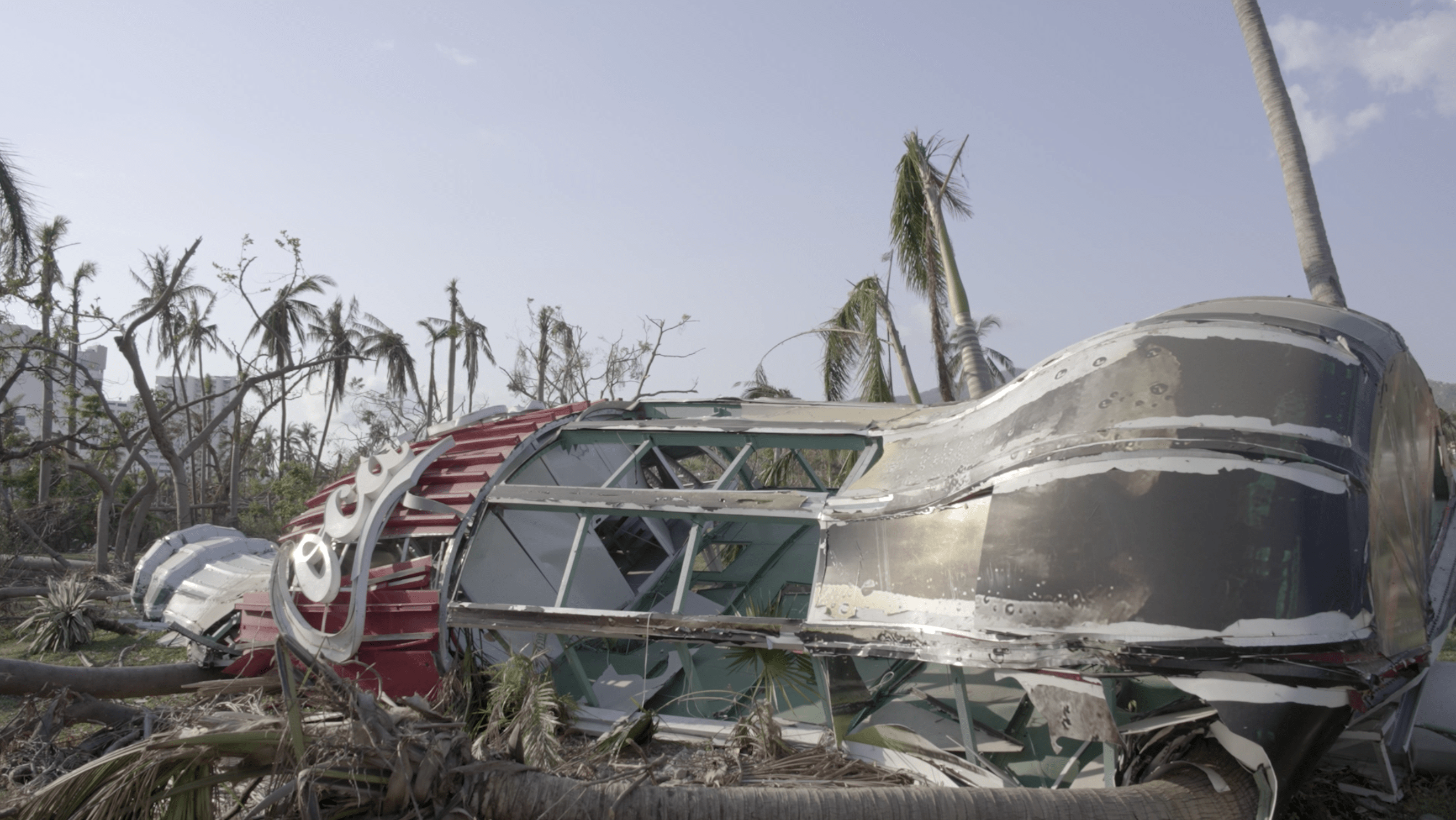
Image by Paulina Ruiz
Otis is also the costliest weather disaster in Mexico’s history, causing an estimated $15 billion in damage, but the government has allocated only $3.5 billion dollars for repairs. Miguel Angel Fong, president of the Mexican Hotel Association, told the Associated Press that 80% of the city’s hotels were damaged. Rebuilding Acapulco will take no less than five years, predicted Francisco Solares, president of the Mexican Chamber of the Construction Industry.
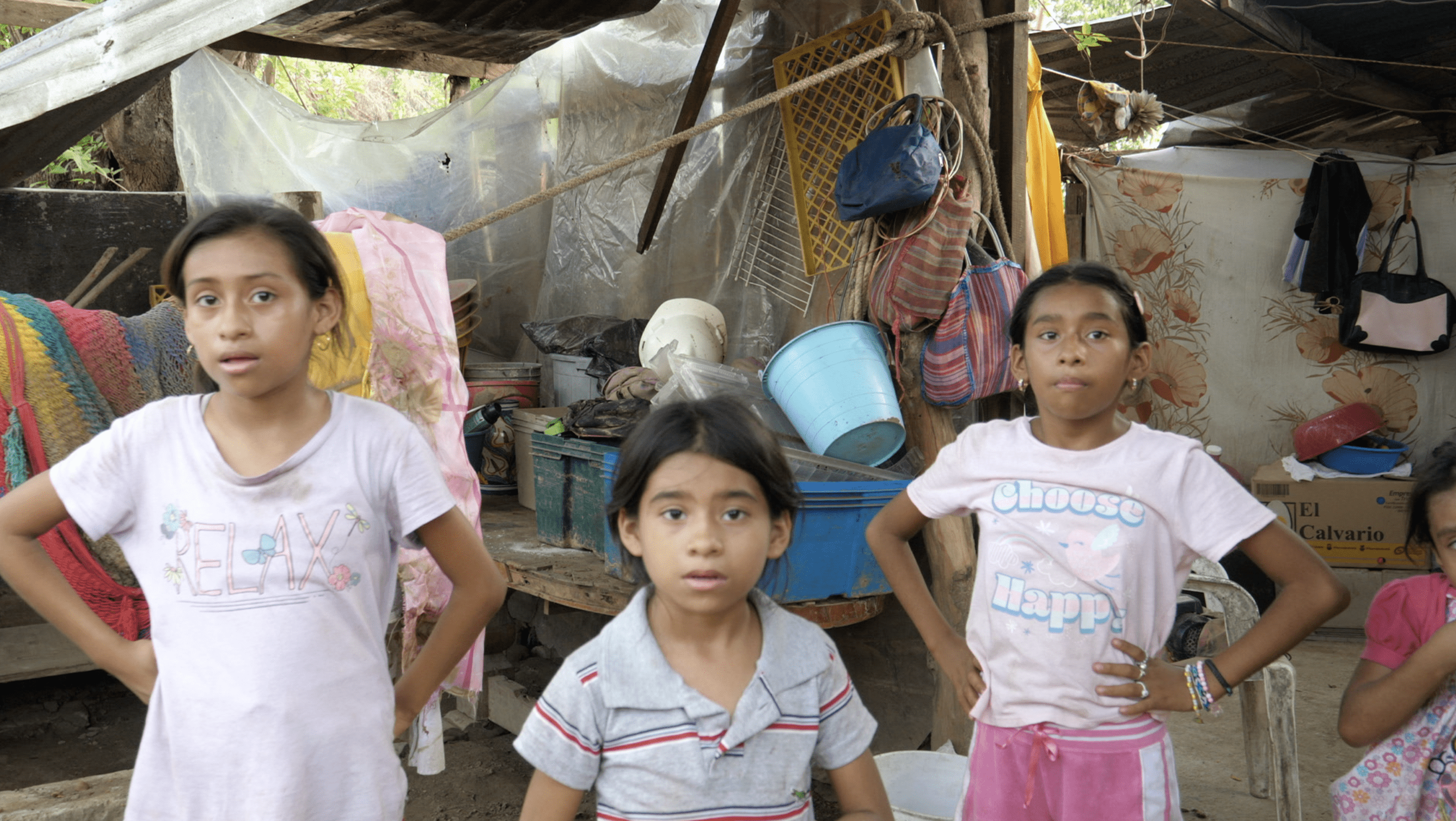
Image by Paulina Ruiz
The administration of President Andres Manuel Lopez Obrador has been criticized for its response to the disaster and recovery efforts. Lopez Abrador is in the last year of his six-year term and is not eligible to run for re-election in June, but his Morena party hopes to remain in power.
He has been accused of not issuing sufficient warnings to residents before the storm hit; falling short in providing essential supplies and security in the aftermath, when robberies and looting of supermarkets began; minimizing the hurricane’s impact by attacking major television outlets that challenged his response to the crisis; prioritizing completing major projects like the Tren Maya and the new airport over Acapulco’s destruction; and eliminating Fonden, Mexico’s fund for natural disasters, in 2021. He said it was “an instrument riddled with corruption” but provided no evidence to back up his claim.
Given that Obrador already granted the military an unprecedented role in Mexico’s politics and economy, thereby weakening civilian control of the government, he aroused concern when he announced that aid for the victims of Otis would be administered exclusively through the armed forces, “not by civilian authorities from the federal, state, or municipal government, much less by non-governmental organizations or civil society organizations, so that no one takes advantage of people’s needs,” but civil organizations like the Red Cross and World Center Kitchen provided aid immediately after the hurricane.
Reports emerged across social media and WhatsApp groups alleging that the military was looting aid before it reached Acapulco and affixing Morena propaganda to the supplies. But a widely circulated audio detailing a distressing military robbery was later revealed to have been fabricated. The Red Cross also denied this allegation.
“In an emergency, military mentality commonly shifts,” Franco said. “It’s not the everyday mindset, but one genuinely geared toward assistance. I’ve heard of situations where some people were robbed along the way, but honestly, they’ve never taken anything from us—not a single truck, nothing. In reality, we haven’t faced complications. Quite the opposite—we’ve experienced effective coordination with them [the military]. They’ve even accompanied us to distributions and helped. I really appreciate everyone who has participated in this.”
As the sun was about to go down, defeated, the Turanzas brothers, left the marine. Tomorrow, at sunrise, they would resume the search.
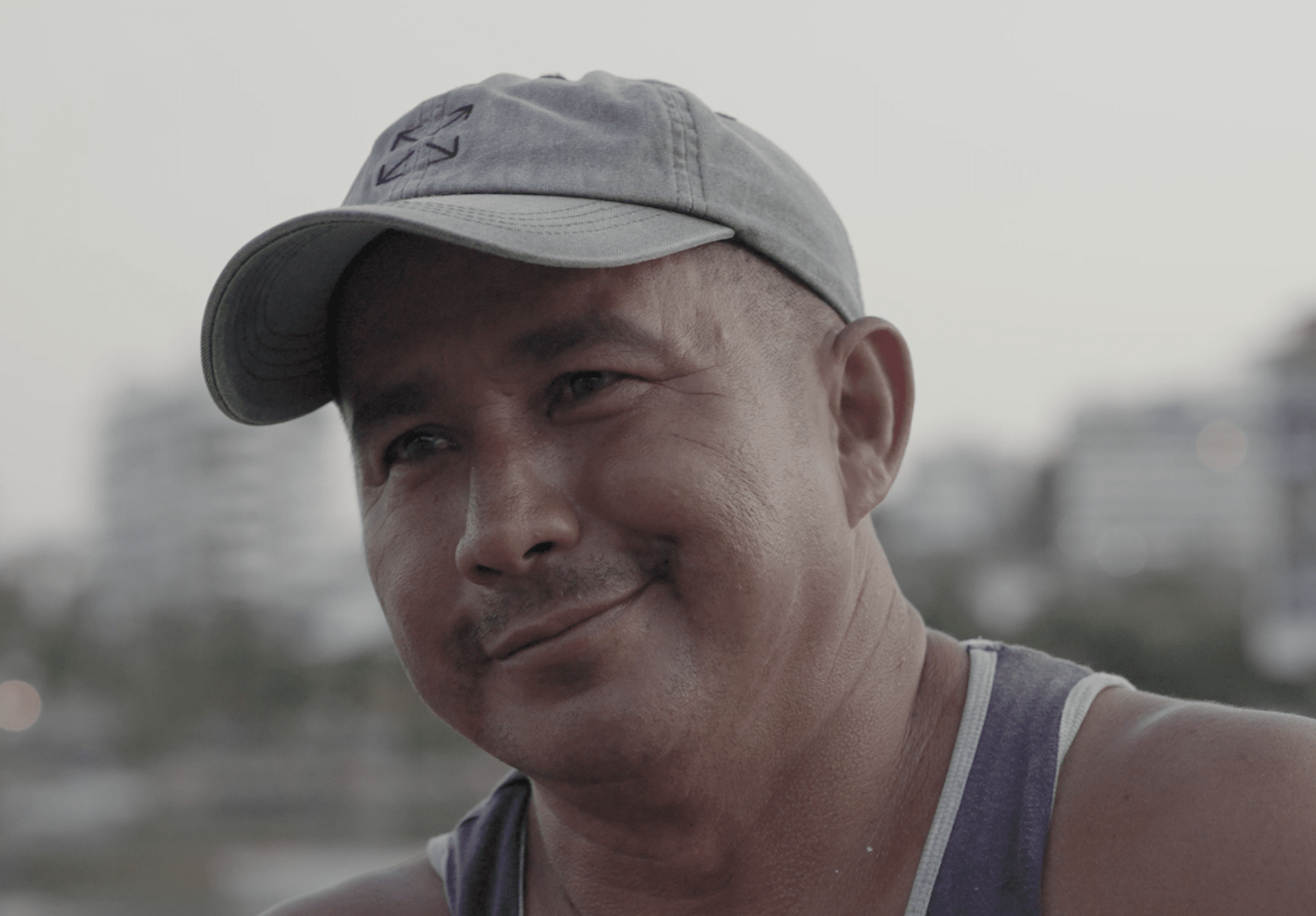
Image by Paulina Ruiz
“I feel sad; one because of the comrades we lost and because our work is over,” said Carlos Torres back at the marine, just as the sun was about to go down. In contrast to the Turanzas brother’s father, Torres and seven other sailors survived as the boat shot towards the shore as the docks broke loose. “It was a miracle,” he said. The surviving boat was known as the Dreamer.
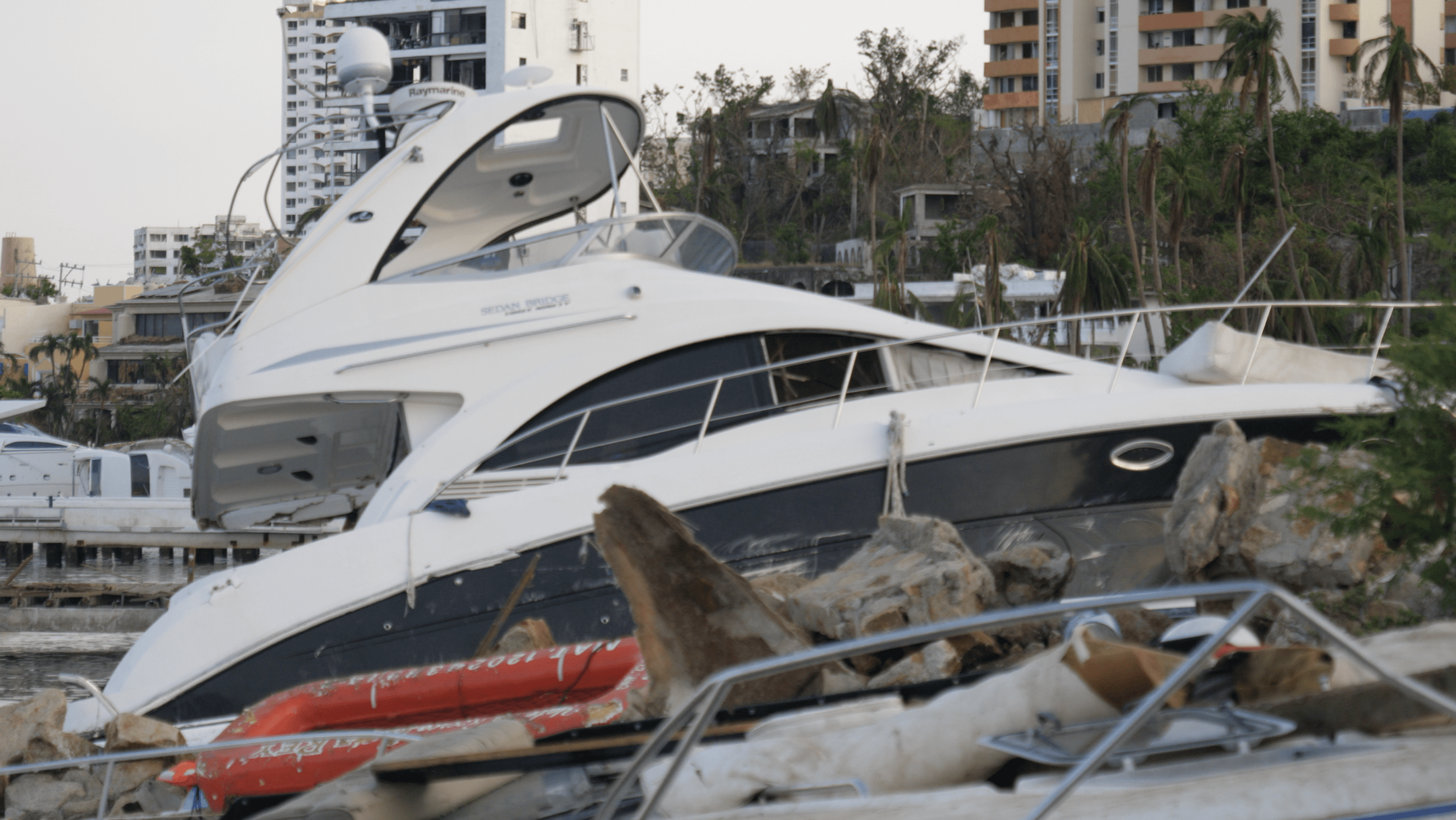
Image by Paulina Ruiz